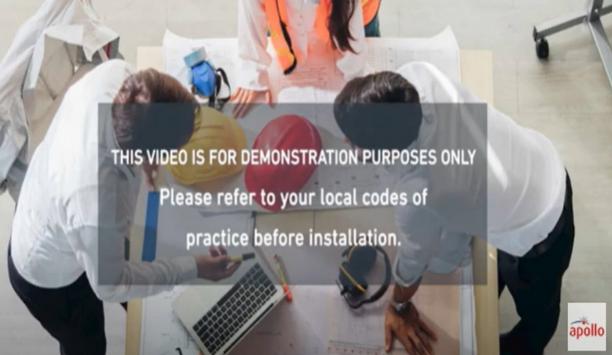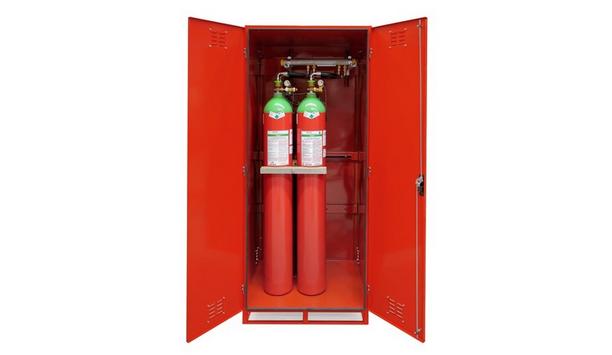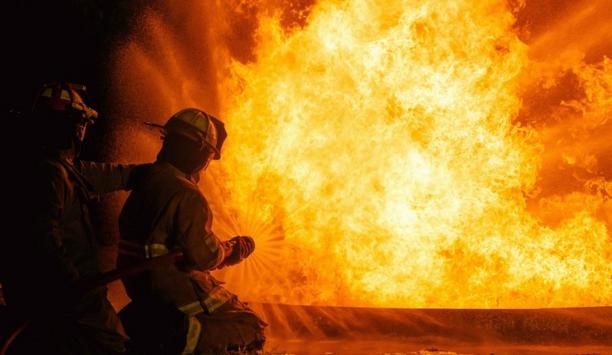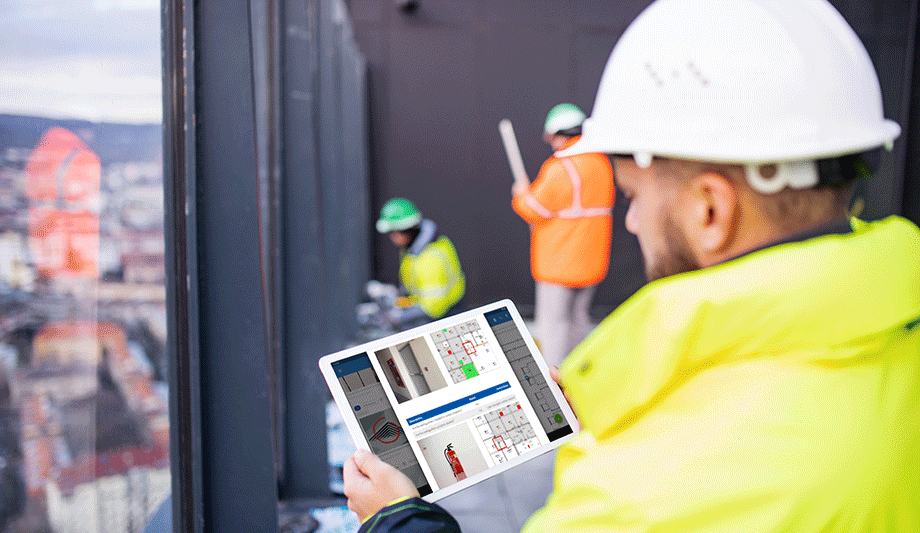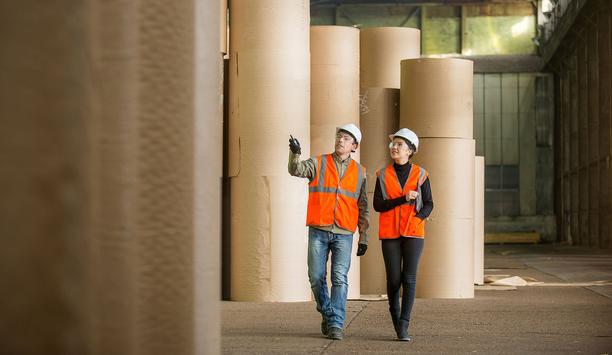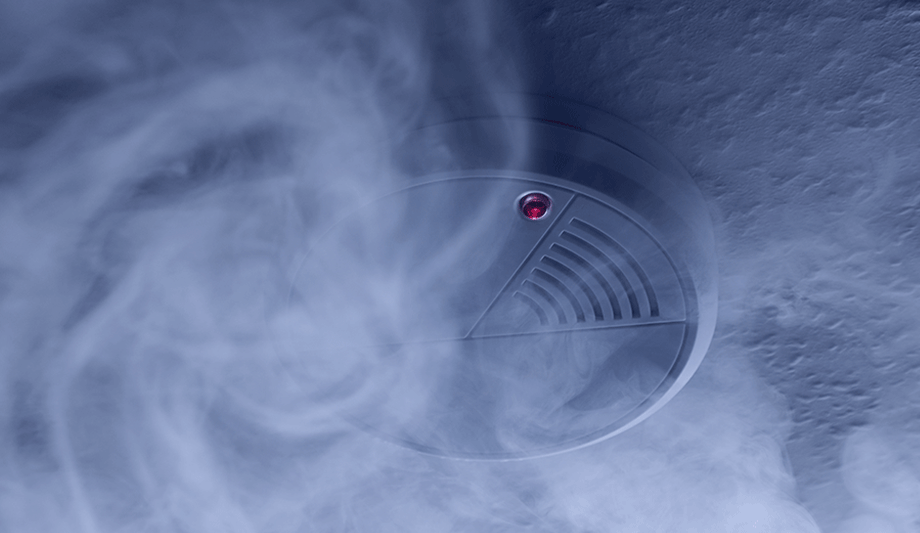The Building Safety Act 2023 requires that some 12,500 higher-risk buildings (HRBs) are to be assessed over 2024 to 2029 to inform a safety case about how fire and structural safety risks are managed. With an additional 2,000 HRBs being constructed each year, this five-year process makes for a considerable workload.
To help building assessors with this significant assignment, the Institution of Structural Engineers (IStructE) has published new guidance Assessing higher-risk buildings under the Building Safety Act: a compendium of structural typologies.
Assessment of structural safety
The guide, therefore, assists in assessing compliance with codes at the time of construction
The Act defines an HRB as a development of at least seven storeys or 18 meters high, containing at least two residential units.
This compendium details 16 common HRB typologies. The guide focuses on UK buildings constructed or adapted between 1920 and 2020, with a description, a schedule of applicable building codes at the time of construction, and possible defects and other issues to be aware of.
The guide, therefore, assists in assessing compliance with codes at the time of construction and assessment of structural safety as required by the Act.
Building Safety Act
Patrick Hayes, IStructE’s Technical Director and author of the Compendium, explains: "The Building Safety Act aims to make dutyholders manage significant fire and structural risks, particularly in combination, to prevent significant incidents happening. Our Compendium is written with these in mind."
He adds, "It’s designed for use at the initial part of a building assessment, in conjunction with other IStructE guidance and is very much a starting point for assessments carried out by competent assessors to allow important safety issues to be concentrated on."
Prevalence of RAAC-related issues
Reinforced Autoclaved Aerated Concrete (RAAC) is covered in the Compendium, which is especially relevant and important given the recent prevalence of RAAC-related issues reported in schools, hospitals, and other public buildings.
Patrick Hayes concludes: "While the Compendium lists the common issues, risks, and problems, it must be remembered that well-designed, constructed, maintained structures are safe, and regular assessment ensures safety and guards against deterioration."



